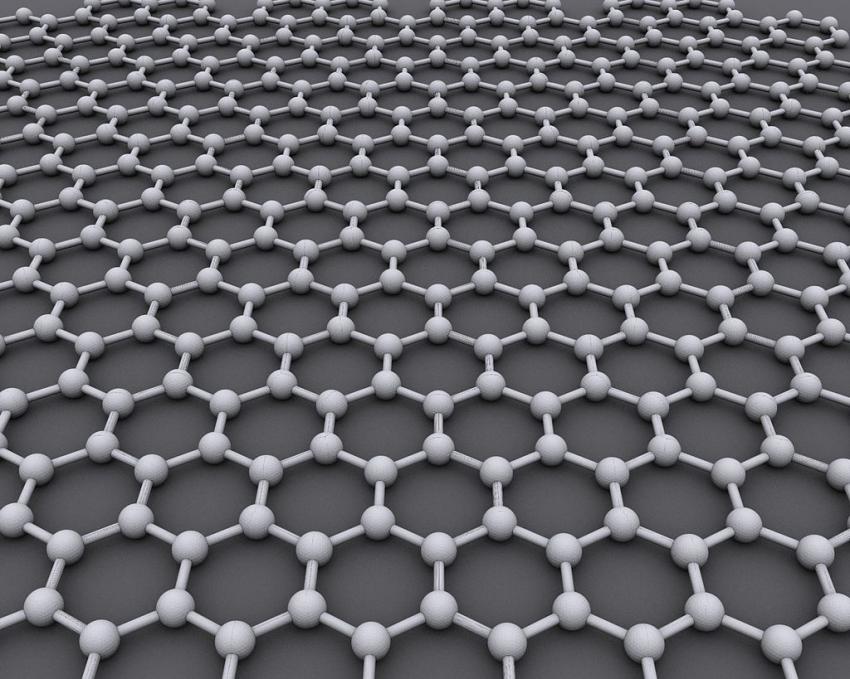- Boeing sweetens labor proposal in 'best and final' offer as strike enters second week
- Water-free manufacturing approach could help advance 2D electronics integration
- Graphene at 20: Still no sign of the promised space elevator, but the material is quietly changing the world
- Novel computational method addresses obstacles in phonon-based heat simulation
- Elucidating the process of smart livestock technology adoption by farmers in Japan

Novel computational method addresses obstacles in phonon-based heat simulation
As electronic devices become increasingly miniaturized, heat management at the nanoscale emerges as a challenge, especially for devices operating in sub-microns. Traditional heat conduction models fail to capture the complex behavior of thermal transfer at this scale, where phonons—vibrational energy carriers in the lattice structure—dominate.
In particular, there are two key obstacles to address in phonon-based heat simulation. One is the reliance on empirical parameters, which limits the model's adaptability across different materials, while the other is the enormous computational resources required for three-dimensional (3D) simulations.
In a study published by a team of researchers from Shanghai Jiaotong University, led by thermophysics professor Hua Bao, a novel computational method addressing these challenges is reported. The work is published in the journal Fundamental Research.
"When device sizes shrink to scales comparable to the phonon mean free path, the classical Fourier law no longer applies," explains Bao. "To model heat conduction accurately, we must use the phonon Boltzmann transport equation (BTE). That said, solving this equation efficiently for 3D structures has been a challenge."
Nonetheless, by applying Fermi's golden rule to precisely calculate the necessary parameters from first principles, the team successfully eliminated the need for empirical parameters. This breakthrough allows the model to be applied across a wide range of materials while maintaining high accuracy.


- September 23, 2024
Artificial intelligence model helps produce clean water

- September 23, 2024
Female workforce could boost Africa’s economy by $287bn – Report


- September 23, 2024
How diversity in heat tolerance can help protect coral reefs





- September 22, 2024
Graduands urged to adapt to change after school

- September 23, 2024
Expanding Earth science education beyond traditional field trips
Subscribe to our mailing list to get the new updates!

Subscribe our newsletter to stay updated
Thank you for subscribing!



